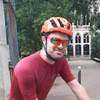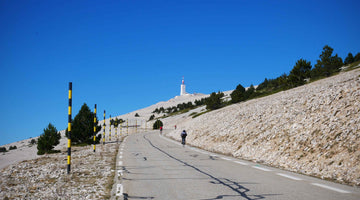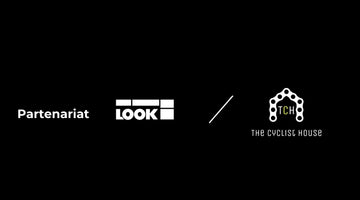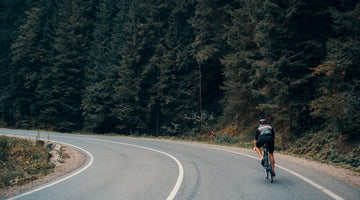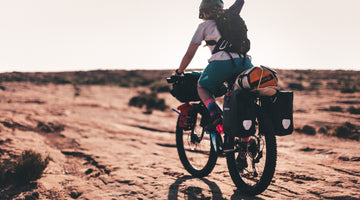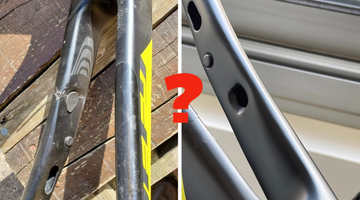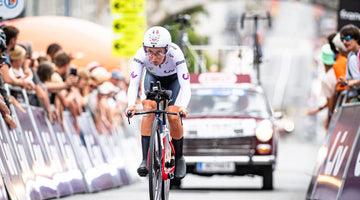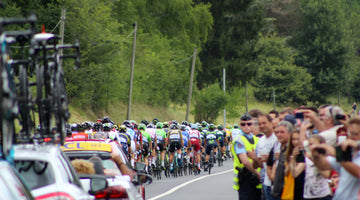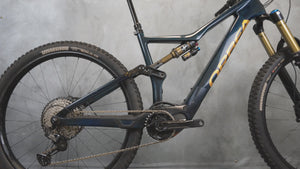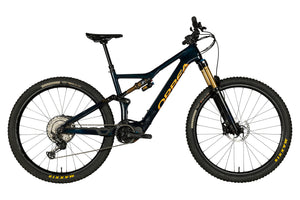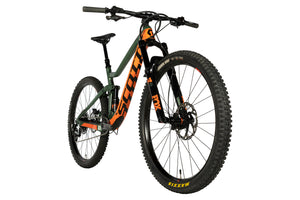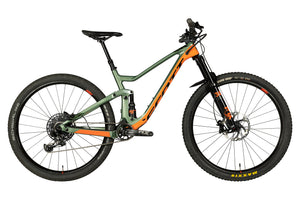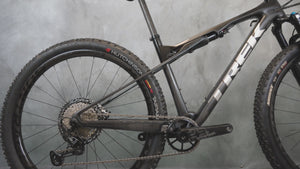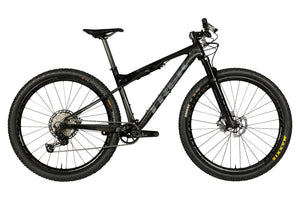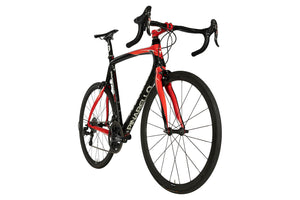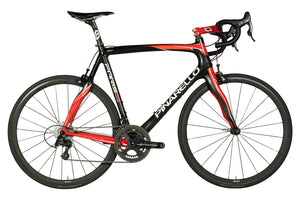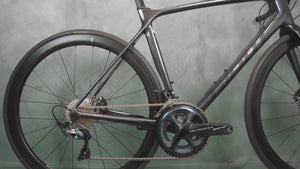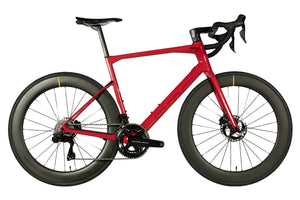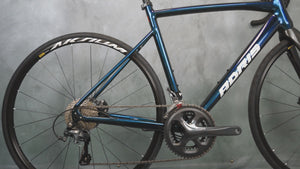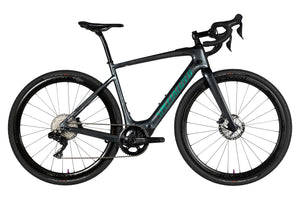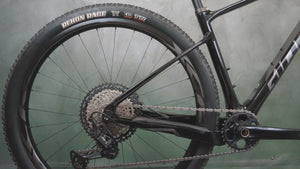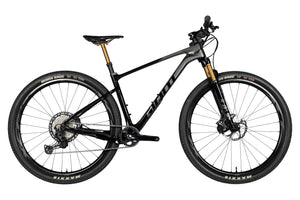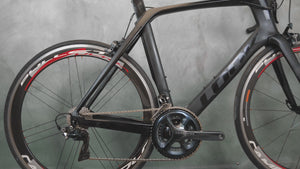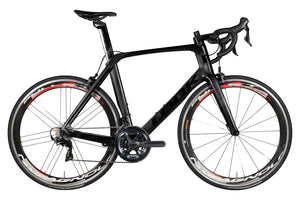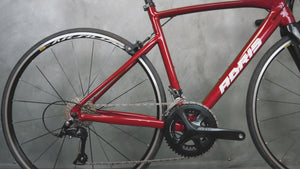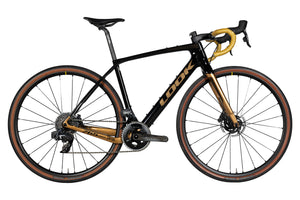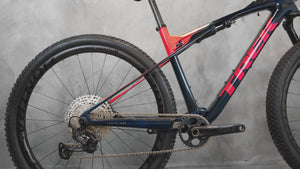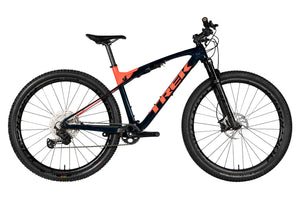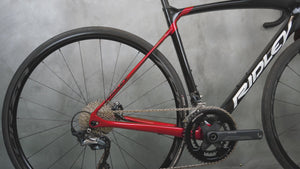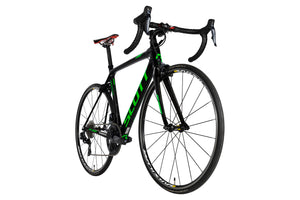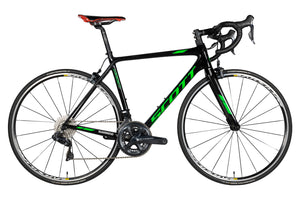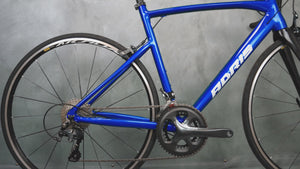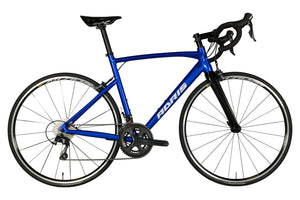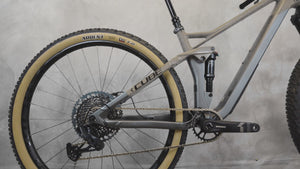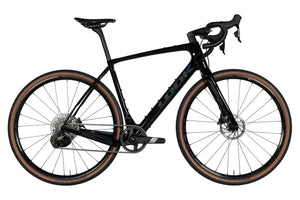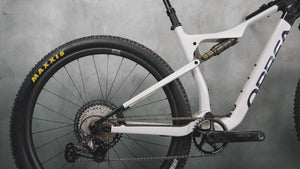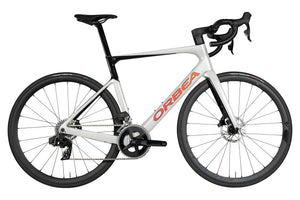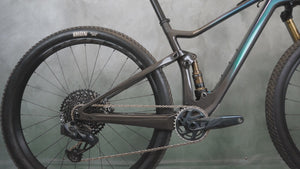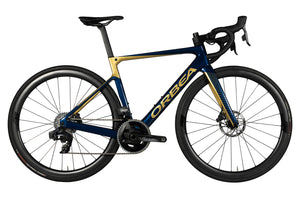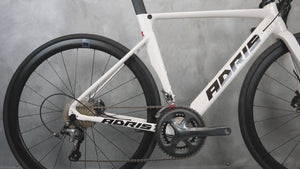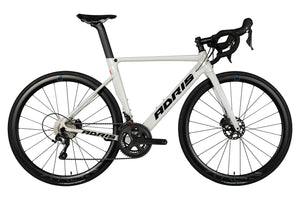Strength Training Program for Cyclists: 8 must-do exercises
In this Article
Published on December 7, 2023
Winter is the ideal time to work on your physical condition differently. Among the various possible practices, strength training is an excellent way to maintain and strengthen yourself when the weather is not favorable. In fact, professional cyclists almost all engage in it now. It's an integral part of their physical preparation for the next season. In this article, we will see the benefits of strength training for cycling and what strength exercises are useful for cyclists. Grab your dumbbells! 🏋️♀️
The secret to good winter cycling preparation: alternate practices
The benefits of strength training for cycling
Strength training is not very popular among cyclists. Accustomed to the great outdoors and constant movement, it's often challenging to engage in static physical activity indoors...
Added to this is the fear of gaining muscle mass, and therefore unwanted extra kilos.
However, with suitable exercises, it's possible to work on muscle strengthening without gaining volume or mass. It's even an opportunity to activate muscle groups that are less involved in cycling but are useful for preventing injuries and pain: back, abdominals, arms...
Without going for a Dwayne Johnson physique, it's very beneficial to develop these areas a bit to stabilize the upper body during pedaling. This will help you last longer and, of course, gain power for cycling.
The importance of varied training during winter: cyclo-cross, home trainer...
If strength training can be beneficial for cyclists, cycling practice should still be favored as often as possible to maintain your level... However, that doesn't necessarily mean you have to take out (and get dirty😑) your pretty road bike. Keep it warm until dry days with favorable weather (watch out for ice on those days!).
For example, you can practice cyclo-cross. Autumn and winter are the ideal seasons for this discipline. In addition to working your legs, you'll develop your technique and mastery a lot. It's also a very cardio activity that helps build more high-intensity endurance. In short, nothing but positives! Just don't be afraid to clean your bike afterward...
And sometimes, the weather really doesn't make you want to go outside. In these cases, there's always the home trainer. Forget the boring activity of 20 years ago! Today, riding on rollers or a home trainer can be really enjoyable thanks to apps like Zwift or Bkool, for example. You'll experience the sensations of road cycling while staying protected from the weather.
By varying your activities like this, you should enter spring with a more than decent level!
👉 Need advice on choosing your home trainer? Follow the guide!
Strengthening Your Legs in Winter: Exercises to Do at Home for Performance
Maintaining the Power and Explosiveness of the Thighs
Half-Squat
The half-squat is a variation of the squat that involves squatting halfway between the parallel position (thighs parallel to the ground) and the standing position. This movement is closer to pedaling than a true squat. It primarily works the "vastus medialis," which is the part of the quadriceps most involved in cycling.

Lunges
This well-known exercise involves gradually descending on one leg to almost touch the knee of the other leg to the ground. Then you have to stand up again (and that's where it gets tricky!) to start again with the other leg.

Squat Jumps
Unlike the half-squat, here you squat down until your thighs are almost parallel to the ground, then push hard on your legs to make a jump with full extension!
Attention, you must absorb the impact with the front of the foot and the legs to avoid hitting too much on the heel. Gentler variation: squat down and rise energetically but without jumping.
Special Exercises for Calves
The triceps surae, commonly known as the calves, should be worked sparingly because they are more prone to gaining volume than the thighs if overly stressed.
Exercise for the triceps sural with a board
Place a board or a piece of wood not too high (no more than 5 cm) on the ground. Position the front of the foot on the board and the heel on the ground. Then, raise yourself above the level of the board by supporting the front of the foot, and return with the heel on the ground (be careful to cushion the descent to avoid shocks).
This exercise can also be done on a stair step, with the heels hanging off. But again, be careful not to let yourself fall too much, which would strain the Achilles tendons and could cause injury.
You can work both calves together or one leg at a time. It's possible to make the exercise more challenging by holding dumbbells or water bottles in your hands.
Stair Climbing
This is sort of a moving variation of the previous exercise. You climb the steps one by one, placing the front of your foot on the edge of the top step. At each step, make sure to elevate yourself above the level of the front of your foot.
You can alternate ten slow climbs, taking the time to feel the worked calf, and ten more climbs with more energy in the movement to work on plyometrics (in other words, explosiveness 😉).
A Bit of Core Stability to Stay in Shape
As mentioned in the previous section, in cycling, it's not just about the legs. A strong and stable upper body is essential for enduring long hours on the bike. If you aim to be more often in the aero position, strengthening the back muscles is crucial.
It's also a way to prevent injuries. A stronger body is less prone to the small pains that follow repetitive pedaling movements.
The Plank
It's a bit of a classic that's not very popular, we have to admit. This exercise strengthens the abdomen and the back, two parts that play a key role in stability and balance on the bike. Yes, without realizing it, all these muscles are activated while cycling to keep us balanced.
On a mat, position yourself facing the ground, balancing on the tips of your toes and forearms. It's a quite challenging exercise: if you're not used to it, it's better to start with phases of 30 or 45 seconds.
Once you're seasoned, you can make the exercise more complex: extend one leg outward to "stab" with your toe, then bring it back and do the same with the other leg. By creating a constant imbalance, you engage your abdominal belt even more.

Superman Position
In this exercise, lie flat on your stomach on the mat, and lift your arms and legs. The goal is to have only the trunk in contact with the ground. You'll see that it's more challenging than you might think. It's a perfect movement to work on the back muscles.
The Soda Can
No, it's not time for comfort, it's indeed an exercise. Sitting on the floor, you have to rotate the upper body to reach with your left arm an imaginary (or not) soda can placed behind you on the left (not too far, no need to dislocate your shoulder!). Bring it back in front of you and repeat the movement with the right arm. You'll quickly feel the work in the abdominal belt.
The Typical Session
It's not necessary (and it would even be counterproductive) to do all the exercises every time. The ideal way to avoid getting bored and to achieve the most complete workout is to vary the content of the sessions.
You can, for example, select 5 out of these 8 exercises each time: 2 for the thighs, 1 for the calves, and 2 for stability.
The sets can be composed as follows:
- thigh exercise 1 - 20 repetitions
- calf exercise - 10 repetitions
- stability exercise 1 - 30/45 seconds or 20 repetitions
- thigh exercise 2 - 20 repetitions
- calf exercise - 10 repetitions
- stability exercise 2 - 30/45 seconds or 20 repetitions
Between each exercise, take a 15-second break. Once all exercises are done, take a 2-minute break and then repeat. Depending on your training, gradually increase the number of sets.
Remember to warm up for at least 5 minutes before the session. First with small slow movements, then with more extensive gestures. You can finish the warm-up with a short jump rope session.
After the session, take 5 minutes to stretch the muscles that have been used.
Winter strength training for cyclists is a good complement to cycling practice. It helps strengthen muscles, improve performance, and reduce the risk of injuries.
Thinking about your body as a whole is becoming a more efficient and resilient cyclist. Toned legs are good, they're beautiful, but they don't do everything. It won't be enough to cover long distances frequently when the good weather returns.
Of course, to avoid pain and work on endurance, it's also essential to have a properly sized bike. For that, The Cyclist House team is here to help and advise you. We will assist you in finding the refurbished bike that suits you, and with which you can truly make the most of all your hours of strength training.


